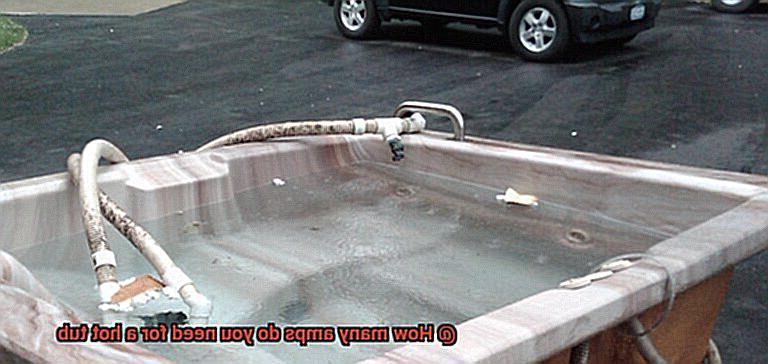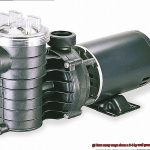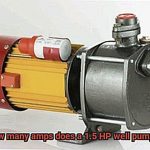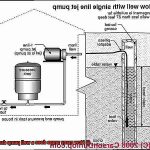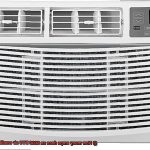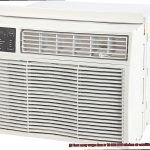Close your eyes and picture yourself sinking into a steaming hot tub, the warm water enveloping you in relaxation after a long day. A backyard hot tub can be an indulgent addition to any home, but before you can bask in its soothing waters, you need to consider the power it requires. One of the most crucial questions that come up when installing a hot tub is “How many amps do you need for a hot tub?” The answer depends on your hot tub’s size and electrical requirements.
In this blog post, we’ll explore everything you need to know about determining the number of amps needed for your hot tub. We’ll discuss essential electrical safety regulations and guidelines like the National Electric Code to ensure that your installation meets all necessary standards. Additionally, we’ll delve into the different voltage requirements for hot tubs – 120V and 240V – and how they affect amp needs.
Don’t risk accidents or unnecessary expenses by overlooking crucial electrical requirements when installing your hot tub. Join us as we take a deep dive into the world of hot tub amps together. So sit tight, grab your favorite drink, and let’s get started.
What is the Standard Range of Amps for a Hot Tub?
Contents
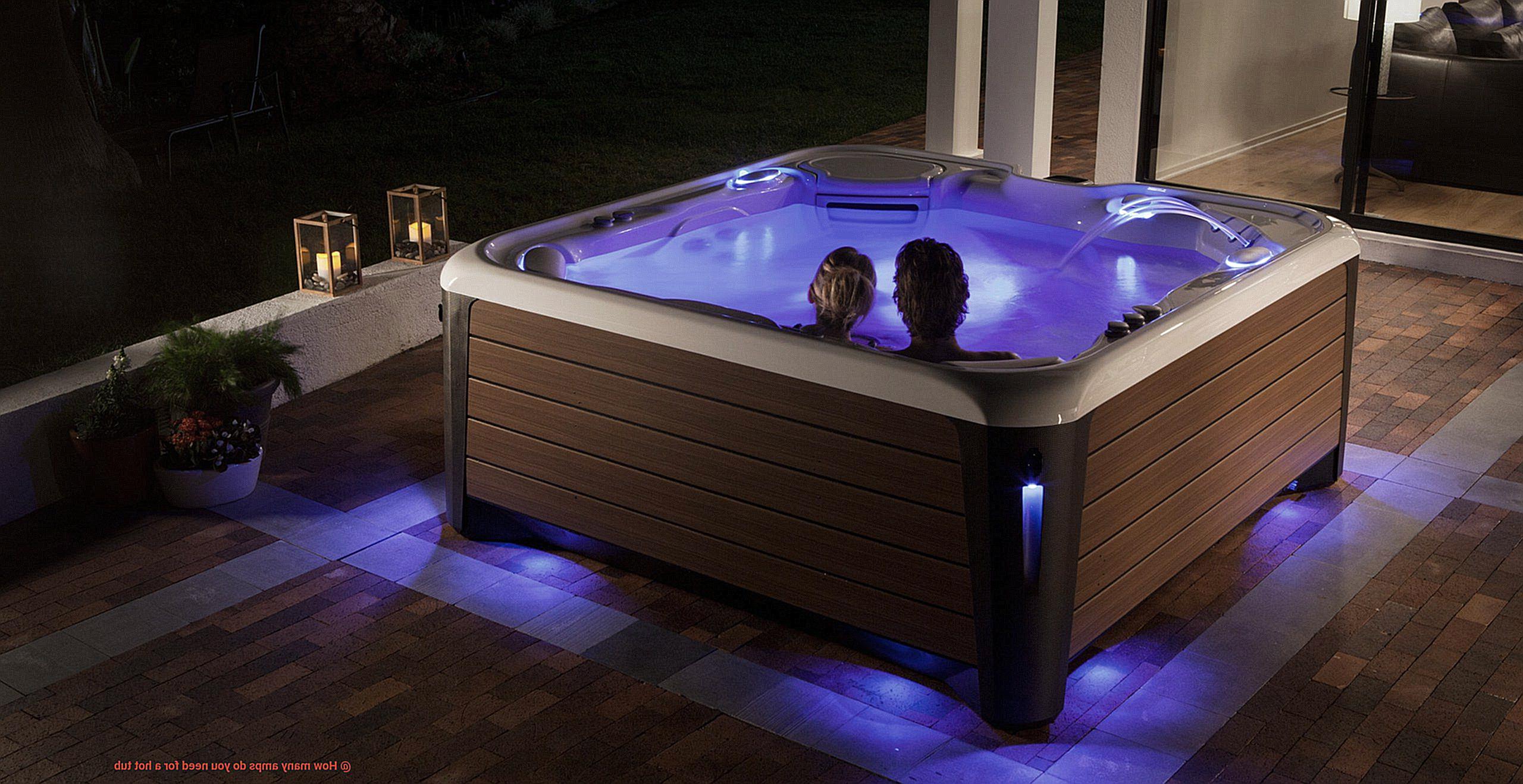
Before you can dive into the relaxation and therapeutic benefits, it’s important to understand the electrical requirements, specifically the amperage needed to power it. We’ve gathered some information to help you understand the standard range of amps required for a hot tub.
Typically, most hot tubs require between 30 to 50 amps, but larger hot tubs with additional features may require up to 60 amps. It’s important to note that the total number of amps required is not just based on the hot tub alone but also on any additional equipment or accessories installed, such as pumps, heaters, and lights.
Another key factor that affects the number of amps required is whether the hot tub is a 120-volt or 240-volt model. A 120-volt hot tub will generally require fewer amps than a 240-volt model since the latter requires a higher voltage to operate. Additionally, some hot tub models boast variable-speed pumps or other energy-saving features that help reduce overall amp requirements.
To ensure your hot tub is installed safely and efficiently, we highly recommend consulting with a licensed electrician. They can assess your specific needs and recommend the appropriate amperage for your hot tub setup. Furthermore, local building codes may impose certain electrical specifications for hot tub installations, so make sure to check with your municipality before beginning any installation work.
Factors That Determine the Amperage Requirements
If so, it’s important to consider the amperage requirements before making a purchase or installing one. As an expert in hot tub electrical requirements, I can tell you that several factors come into play when determining amperage requirements.
The size of your hot tub and its heating system are the most significant factors in determining how many amps are required. The larger the hot tub and the more powerful its heating system, the more amperage it will require. So, if you’re considering a hot tub with extra features like jets or speakers, be prepared for higher amperage requirements.
The voltage of your hot tub’s electrical system is another critical factor. Most hot tubs run on either 120 volts or 240 volts, and the amperage requirements will differ depending on which voltage option you choose. For instance, a hot tub that runs on 120 volts may require 20 amps, while one that runs on 240 volts may require up to 50 amps.
Other factors that can impact your hot tub’s amperage requirements include its insulation level, ambient temperature, and usage patterns. A well-insulated hot tub used infrequently may require less amperage than a poorly insulated one used frequently.
It’s also worth noting that local electrical codes may dictate certain amperage requirements for hot tubs. To ensure your hot tub meets all necessary safety standards and regulations, it’s crucial to consult with a qualified electrician.
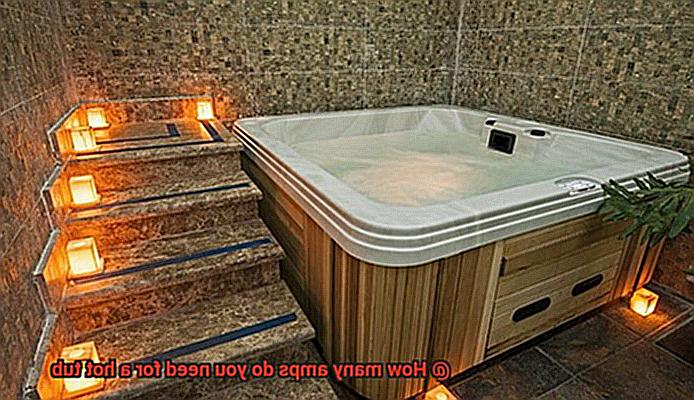
Assessing Your Electrical System to Support Your Hot Tub
Relaxing in warm, bubbly water after a long day is one of life’s greatest pleasures. But before you can enjoy your new hot tub, it’s crucial to assess your home’s electrical system to ensure that it can handle the added load.
The first step in this process is checking your electrical service panel to see if it has enough capacity to support a hot tub. A dedicated circuit with a GFCI breaker is required, and the size of the breaker and wire depends on the amperage rating of your hot tub. Most models require either a 50-amp or 60-amp circuit, but make sure to consult the manufacturer’s specifications.
If your electrical panel isn’t up to snuff, an upgrade may be necessary. This can be a complicated and costly process, so don’t hesitate to bring in a licensed electrician to ensure everything is done safely and correctly.
Another critical consideration when assessing your electrical system is the distance between the hot tub and the electrical panel. The longer the distance, the larger the wire gauge needed to reduce voltage drop. Voltage drop can cause inefficient operation or even damage components.
It’s worth noting that if you’re considering a model with extra features like jets or speakers, higher amperage may be required than for a standard model. Again, consulting with a qualified electrician is wise to ensure safety standards and regulations are met.
Local Building Codes and Regulations
Before you dive in, it’s essential to consider local building codes and regulations to ensure a safe and compliant installation. These codes and regulations vary by location and cover requirements for electrical wiring, plumbing, and safety features.
When it comes to electrical wiring, most hot tubs require a 240-volt circuit with a dedicated breaker that can range from 30 to 50 amps. However, it’s crucial to check with your local authorities to ensure that your installation meets the electrical code requirements. Consulting with a licensed electrician is also vital as they can determine if your home’s electrical system can handle the added load and install the appropriate circuit and wire gauge.
In addition to the electrical requirements, some areas may require permits for hot tub installations. Obtaining these permits ensures that the installation meets safety standards and complies with local regulations. So it’s essential to research and obtain any necessary permits before beginning the installation process.
pVf-W3jiKhU” >
Conclusion
In conclusion, a hot tub can be the perfect addition to your backyard oasis, providing a luxurious and relaxing escape from the stresses of daily life. However, before you can soak in the warm waters, it’s essential to understand the electrical requirements and safety regulations.
The burning question on everyone’s mind when installing a hot tub is “How many amps do you need for a hot tub?” The answer is not as simple as one might think; various factors come into play, such as the size of your hot tub, its heating system, and any additional features like pumps and lights.
To ensure that your installation meets all necessary safety standards and regulations, it’s crucial to consult with a licensed electrician. They have the expertise to assess your specific needs and recommend the appropriate amperage for your hot tub setup. Keep in mind that local building codes may impose certain electrical specifications for hot tub installations, so make sure to check with your municipality before beginning any installation work.
Before installing a hot tub, it’s also critical to assess your home’s electrical system. Checking your electrical service panel’s capacity and wire gauge needed to reduce voltage drop is essential. If necessary, upgrading your electrical panel may be required to accommodate the additional load.
